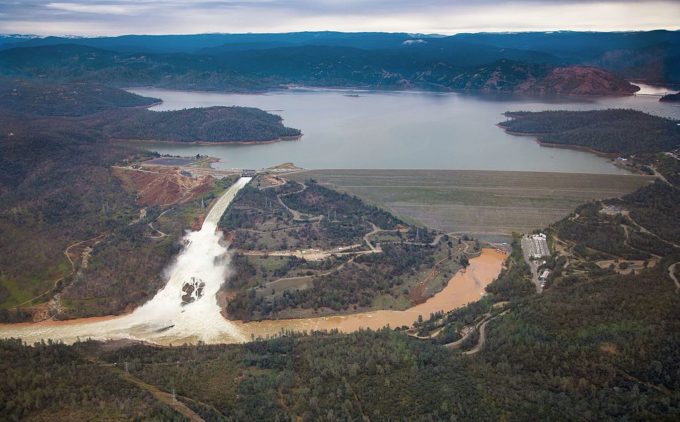
How can organizations effectively integrate Artificial Intelligence (AI) to predict and prevent safety incidents in complex operational environments?
Intellectual Merit This research furthers our understanding of how cultural and managerial factors influence the success of system safety models. By investigating the interplay between





